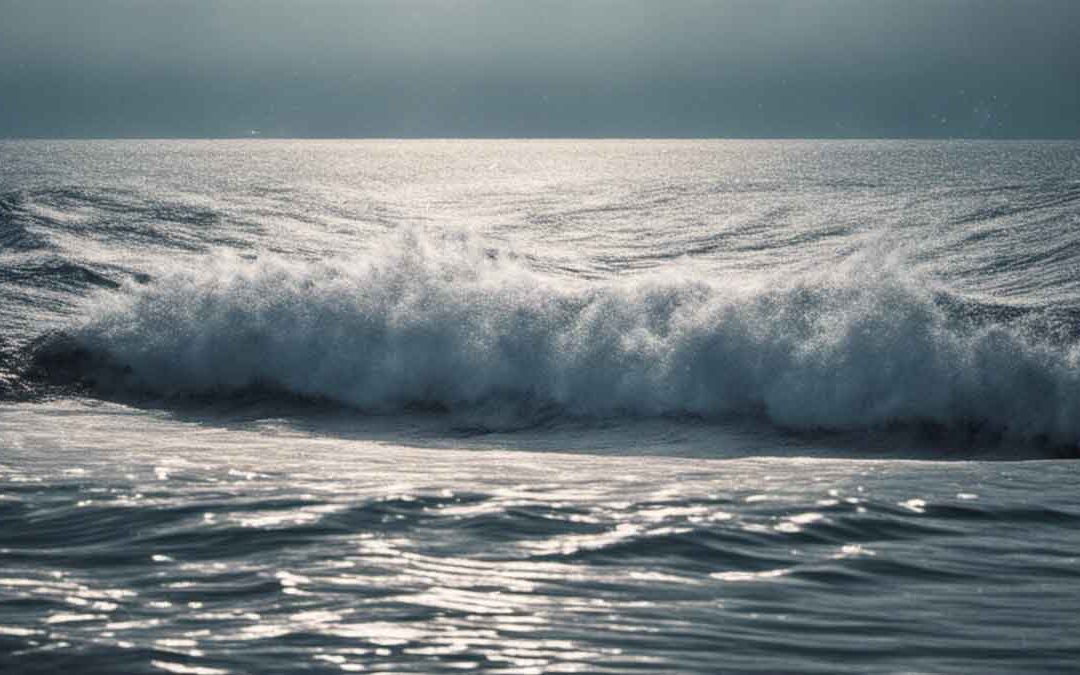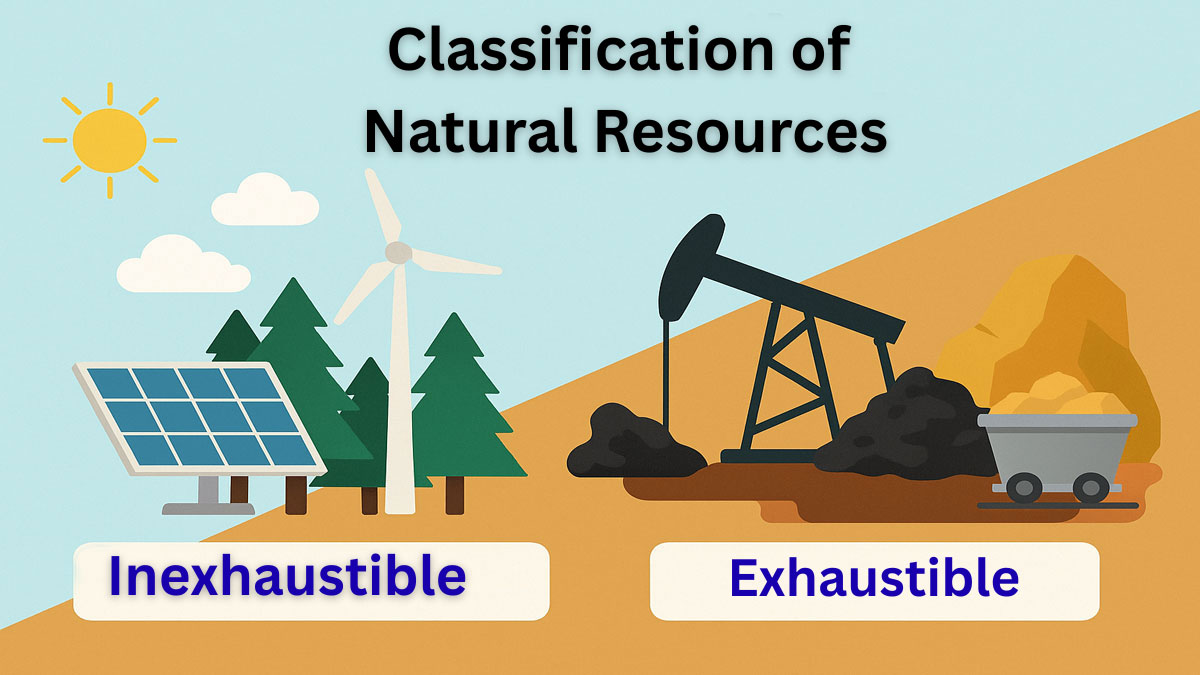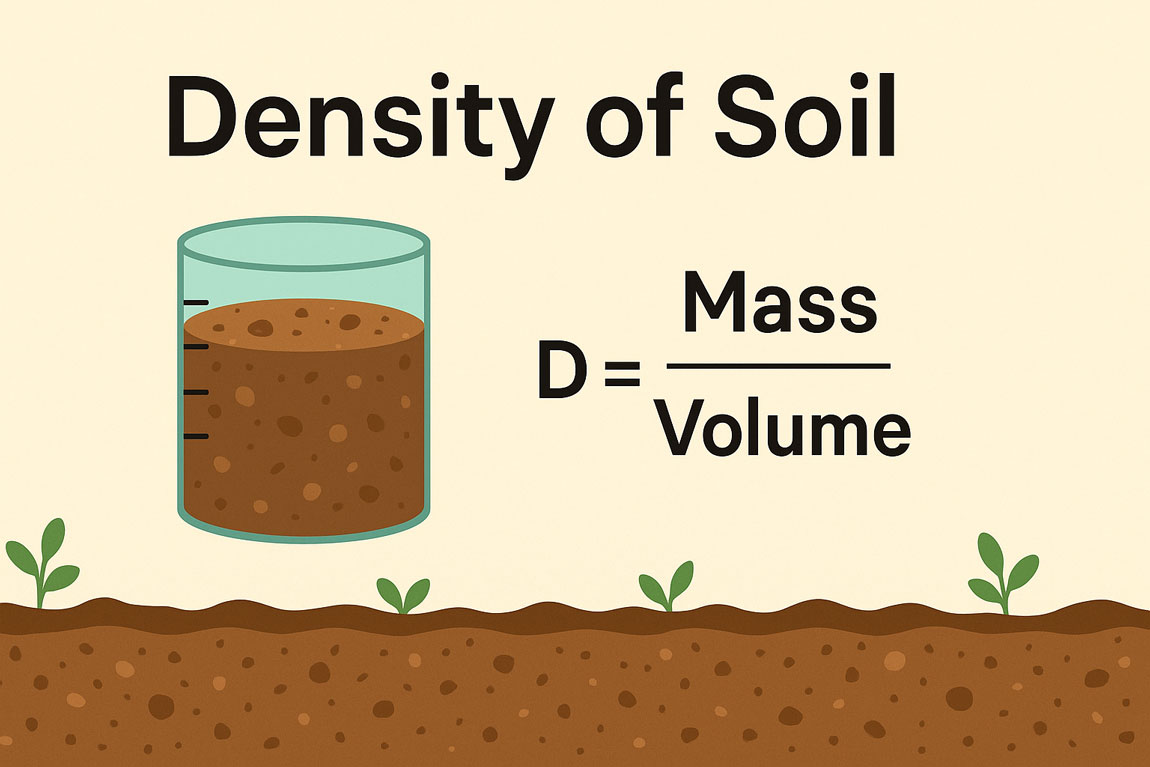The sea level means the level of the surface of the sea. It is the mean position or midway between the mean high and mean low water levels, computed from the records of tidal oscillations over a long period and seasonal variations.
It is defined based on the assumption that (i) the oceans are interconnected, and water tends to find its own level, (ii) the ocean surface around the world forms an ellipsoid (or flattened sphere, just like the shape of the earth) of more or less uniform geometry.
The elevations of high and low tides and seasonal variations over a long period (19 years or more) at some stable locations are averaged out, and sea level is determined, generally referred to as mean sea level (MSL). The MSL is a type of vertical datum, a standardized geodetic reference point. It is a very difficult task to determine precisely the “Mean Sea Level”.
The determination of sea level varies a lot over time and distance, since the sea is always in motion and is affected by tides, wind, atmospheric pressure, temperature, salinity, gravitational differences, etc. A spot is selected for the mean sea level calculation. It is a chart datum used in cartography, in marine navigation, and in aviation.
Sea Level Changes:
There are two kinds of sea level changes: i) Eustatic Sea Level changes and ii) Relative Sea Level changes. The eustatic sea level change is the real change of sea level due to changes in water volume in the ocean basin. The term “eustatic sea level change” refers to global changes in sea level relative to a fixed point.
Climate change plays a major role in changing eustatic sea level. When the term “relative sea level change” is used, it means the change relative to a fixed point in the sediment pile. The relative sea level change is the apparent change of sea level confined to a location.
Causes of sea level changes:
It is always in a dynamic state. There are many factors that cause the sea level changes. The following are the major causes of sea level changes:
- Climate
- Long-term tectonic changes
- Glacial isostasy
- Hydro-isostasy
- Geoidal changes
Climatic changes:
It has discussed that the global climate changes periodically due to the variation of solar radiations. Increase of solar radiation warms up our planet and on the other hand, decrease of solar radiation causes our planet to cool down.
There are several hypotheses explaining the causes of variations of solar radiations. But reality is that global climate changes periodically in Long Term (some hundreds of millions year cycle), Intermediate Term (some millions year) and Short Term (thousands of year) Cycles.
Each broad cycle evidenced with hundreds of mega and micro climatic cycles. During the cold climatic condition, water in the ocean basin evaporates and evaporated vapor precipitates on the continents in the form of snow and then accumulates as ice sheets.
Hence, the sea level drops or falls. During the hot climatic condition, the continental ice sheets melt, and melted water returns to the ocean basin, causes to the rise of sea level. Therefore, climatic fluctuations cause the eustatic sea level change.
Long term tectonic changes:
Plate tectonic movement causes the expansion, as well as the shrinkage, of the areas of the ocean basin, and hence, the volume of the ocean basin changes. The changes of volume of ocean basin results in changes of sea level. This is an eustatic sea level change.
Glacial isostasy:
Glacial isostasy is another factor of relative sea level change. The term “isostatic” refers to changes in the level of the land relative to a fixed point in the earth, possibly due to thermal buoyancy or tectonic effects.
It implies no change in the volume of water in the oceans, but to a coast, it appears that the sea level has been changed. This glacial isostasy causes the relative sea level change at the coast. Accumulation of ice during the glacial period, sometimes locally causes the isostatic changes.
When ice accumulates on the continental part of a solid plate, the equilibrium horizontal position is interrupted due to the increased load of the ice sheet. Due to the increased weight of the continental part with the accumulated ice sheet, the shoreline side of the plate moves up. It is just like a children’s playing equipment, ‘See-Saw’. Apparently, it seems to fall at sea level.
Hydro-isostasy:
The increase of water column above the sea floor increases the weight and suppresses the ocean floor. Along the coast of the Bay of Bengal, sea level rises during the summer season, due to the monsoon rainfall and its discharge into the ocean basin.
In addition, areas like volcanic islands are experiencing relative sea level rise because of isostatic cooling of the rock which causes the land to sink.
Geoidal changes:
The geoid represents the equipotential surface of water due to gravity. Liquid water equalizes the gravitational forces of the Earth. The Earth’s interior is extremely hot. Hence, the density of rocks of the Earth’s interior changes, leading to a change in the gravity as well as the Geoid.






